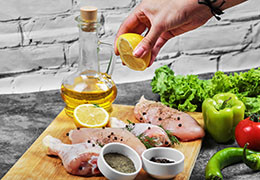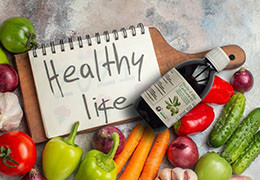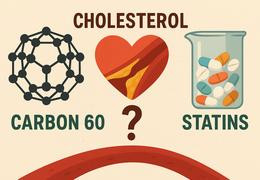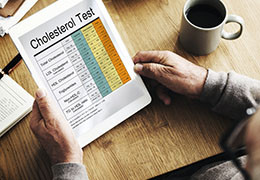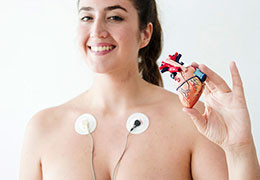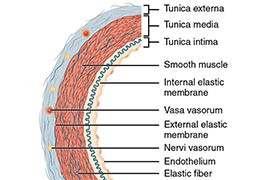Understanding Cholesterol: The Good, the Bad & the Confusing
Let’s clear something up: not all cholesterol is bad. Your body actually needs it to function! Cholesterol helps build cells and produce hormones. But here's the twist — there are different types. HDL is the “good” cholesterol, the kind that helps clear excess fat from your blood. LDL, on the other hand, is the “bad” one — when too much of it builds up, it can clog arteries and raise your risk of heart disease. There’s also a lesser-known kind called VLDL (very-low-density lipoprotein), which can raise triglyceride levels. Confused yet? Don’t worry — you’re not alone. Understanding cholesterol isn’t always straightforward, but it’s important. And once you know what affects it, you’re one step closer to managing it. The goal? Less stress about cholesterol, and more clarity on how to support your heart health.
Diet & Lifestyle: What Impacts Cholesterol the Most?
What you eat (and don’t eat) plays a big role in your cholesterol levels. It’s not just about avoiding fatty foods — it’s about choosing the right ones. Foods like avocados, nuts, oats, and olive oil can actually help lower LDL levels. Leafy greens and fiber-rich options are your friends, too. On the flip side, processed snacks, fried foods, and too much sugar can throw your numbers out of balance. But don’t forget exercise! Regular movement, even brisk walking, can boost your HDL cholesterol. Want a bonus? It helps with blood pressure and weight too. One of the biggest myths out there? That eggs are the enemy. Nope — they’re high in cholesterol, but not the type that raises your blood levels. Bottom line: it’s all about balance. You don’t need a perfect diet, just a smart one.
Testing & Tracking: How to Know Your Numbers
If you’ve never had your cholesterol tested, now’s the time. A simple blood test (usually called a lipid panel) can give you key info about your HDL, LDL, total cholesterol, and triglycerides. It's a small snapshot that tells a big story. Your doctor can help you understand what the numbers mean, but here’s a quick cheat sheet: high HDL is good, high LDL is bad, and you want your total cholesterol below 200 mg/dL. When should you get tested? If you’re over 20, every 4-6 years is a good baseline — more often if you have risk factors like high blood pressure, diabetes, or family history. Knowing your numbers empowers you to make smart choices. It's like checking the oil in your car — small step, big payoff. Don’t wait until there’s a problem. Prevention starts with awareness.
Managing It Naturally: From Diet to Supplements
You don’t always need medication to manage your cholesterol — especially if your levels are borderline or only slightly high. Lifestyle changes can make a big difference. Start by adding more cholesterol-lowering foods into your day: oats for breakfast, beans in your salad, and healthy fats like walnuts or flaxseed oil. Some people turn to natural supplements like red yeast rice, plant sterols, or omega-3s to support heart health, though it’s best to talk to your doctor first. Regular exercise (yes, even dancing in your living room counts) can help lower LDL and raise HDL. Managing stress is another key part of the puzzle. Chronic stress can affect hormones that influence cholesterol and weight. And remember — small steps lead to real change. The goal isn’t to become a health guru overnight, but to move in the right direction, one smart habit at a time.





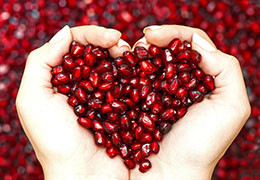

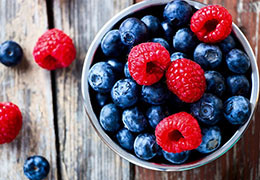
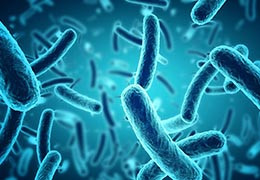

 Manon 67 Posts View posts
Manon 67 Posts View posts







